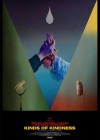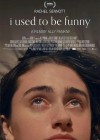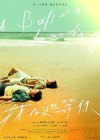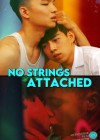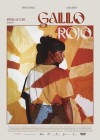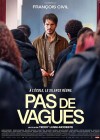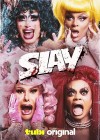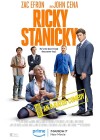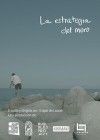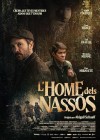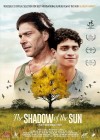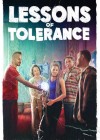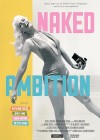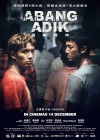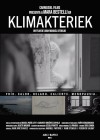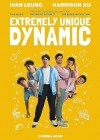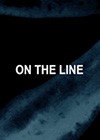
On the Line
- Director: Tina Takemoto
- Writer: Tina Takemoto
- Producer: Tina Takemoto
CGiii Comment
Without reading the blurb, you won't have a clue what's going on.
A fantastic story lost in 'art'.
Trailer...
The(ir) Blurb...
"On the Line" is inspired by Isa Shimoda, a butch gender nonconforming immigrant who served meals to Japanese American tuna cannery workers in her restaurant on the docks of San Diego in the 1930s. She was known for her masculine attire as well as her skills at naginata, a sword-based martial art practiced by Japanese women. Her restaurant was a refuge for the women who endured gruesome hours cleaning fish and lived in meager housing shelters known as “fish camp.” Shimoda has two sets of wartime records from the incarceration camps—one identifying her as female, the other as male.
"On the Line" uses Shimoda’s story as a point of departure for honoring the Japanese American women who lived, loved, and worked together during the prewar era and beyond. The film uses hand painted and hand processed Super 8 and 16mm film combined with archival footage from the Center for Asian American Media’s home movie collection. It conjures up the homosocial worlds of the tuna factory, the restaurant, and naginata, where women might find same-sex intimacy amid sake and fish guts while the men were off to sea.


